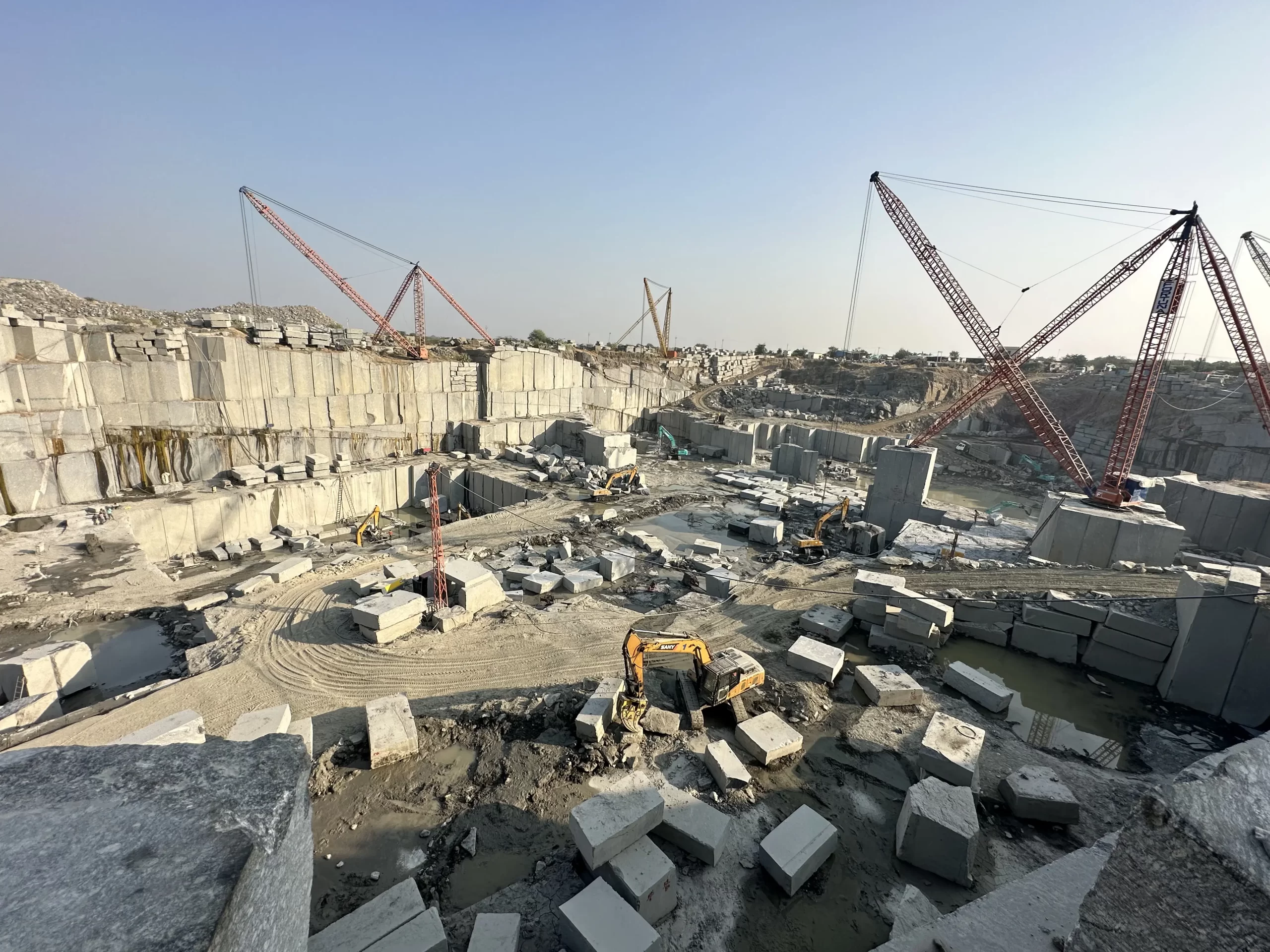The Surprise Treasures: Discovering Granite Quarries in South Africa
The Surprise Treasures: Discovering Granite Quarries in South Africa
Blog Article
Revealing the Mysteries of Granite Quarrying: Where Toughness and Sophistication Meet
The globe of granite quarrying is a world where the raw strength of nature assembles with human artistry to create frameworks that stand the test of time with an air of beauty. From the midsts of quarries to the thorough polishing in workshops, the process of transforming granite right into building marvels is a complex dance of practice and advancement. As we peer into the midsts of this ancient craft, we begin to reveal the covert ins and outs that shape the extremely essence of our constructed setting.
The Beginnings of Granite Quarrying
In the record of architectural background, the origins of granite quarrying are shrouded in a tapestry of old workmanship and geological marvels. Dating back to old Egypt and Mesopotamia, the extraction of granite from quarries marked the start of a journey that would ultimately lead to the production of some of the world's most iconic structures.
Granite quarrying's origins can be traced to the proficient craftsmens that acknowledged the rock's longevity and visual allure. Via a mix of primitive tools and sheer determination, these early quarry employees uncovered granite blocks that would certainly end up being the foundation of worlds.
As worlds developed, so did the techniques of quarrying granite. The Romans, renowned for their design expertise, established sophisticated methods for extracting granite to create monoliths, temples, and roads that stood the examination of time.
The heritage of these ancient quarrying practices proceeds to form contemporary architecture, with granite remaining an icon of stamina and beauty in building projects around the world. (granite quarries in south africa)
Tools of the Quarrying Trade
The advancement of granite quarrying methods from ancient civilizations to modern-day times highlights the important function played by the tools of the quarrying sell shaping the industry's techniques. In old times, quarrying devices were basic, often being composed of blades, hammers, and wedges made from materials like bronze or iron. These devices required substantial manpower and time to remove granite blocks from quarries.

Additionally, the introduction of pneumatically-driven devices and high-powered equipment has actually dramatically lowered the physical labor called for in quarrying procedures, improving worker security and efficiency. As the quarrying industry remains to introduce, the devices of the profession stay at the leading edge of driving progress and shaping the future of granite removal.
Removing Blocks of Granite
Using precision machinery and advanced strategies, the removal of granite blocks from quarries has come to be an innovative procedure in the contemporary quarrying industry. The first action includes identifying the location and size of the granite down payment to identify one of the most efficient extraction technique. Once an ideal website is picked, the extraction process begins with the drilling of openings for the placement of explosives. Managed blasting methods are then employed to disintegrate the granite into convenient sections.

Polishing and Finishing Techniques
To attain a perfect surface area on granite blocks, proficient artisans use a series of careful polishing and ending up methods. After the initial removal and shaping procedures, the granite obstructs go through a comprehensive sprucing up phase to improve their all-natural beauty and longevity.
In enhancement to sprucing why not try these out up, ending up methods are used to additional fine-tune the granite's look. By very carefully choosing and applying these brightening and completing methods, artisans can transform raw granite blocks into exquisite pieces that display both toughness visit homepage and elegance.

Environmental Impact and Sustainability
With the expanding emphasis on ecological awareness in the industry, granite quarrying techniques are progressively inspected for their effect on all-natural resources and lasting sustainability. Quarrying for granite can have considerable ecological ramifications. The extraction procedure typically involves making use of heavy machinery, nitroglycerins, and huge amounts of water, causing habitat devastation, soil erosion, and water air pollution. Additionally, the transport of granite from quarries to processing centers creates carbon emissions, additionally adding to environmental deterioration. granite quarries in south africa.
To alleviate these influences and make certain sustainability in granite quarrying, sector stakeholders are adopting various steps. Executing sophisticated innovations to minimize power usage and water use, redeeming quarried land for ecological restoration, and promoting responsible sourcing practices are some strategies being employed. Accreditations such as the Forest Stewardship Council (FSC) and the Leadership in Energy and Environmental Style (LEED) aid consumers identify environmentally friendly granite products.
Conclusion
In verdict, granite quarrying is see post a procedure that requires specialized devices and methods to extract blocks of granite and brighten them to a high level of coating. While the ecological impact of quarrying can be substantial, initiatives are being made to improve sustainability techniques in the industry. On the whole, granite quarrying is a fragile balance between harnessing the toughness and sophistication of this natural rock while reducing its influence on the atmosphere.
Report this page